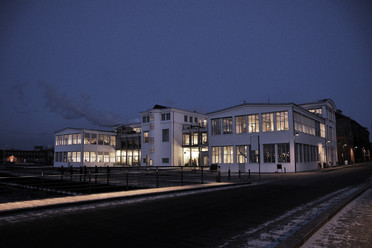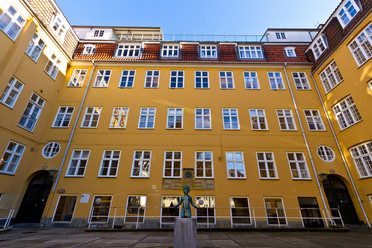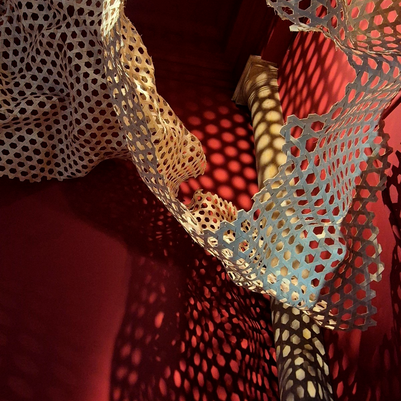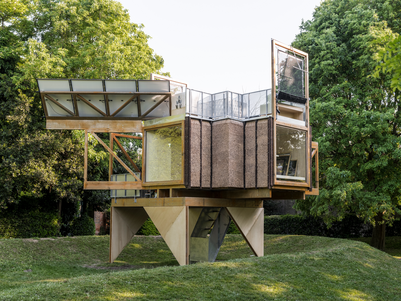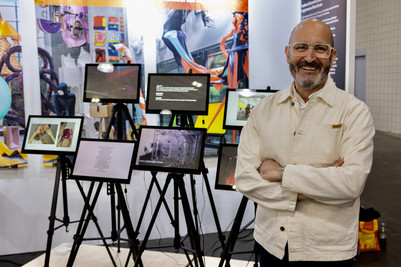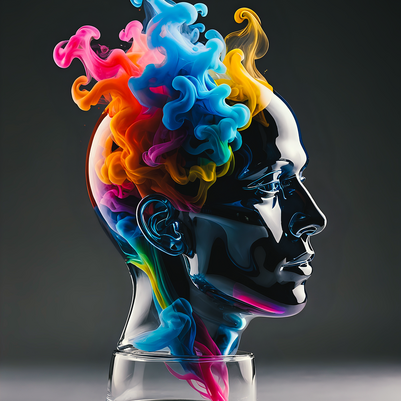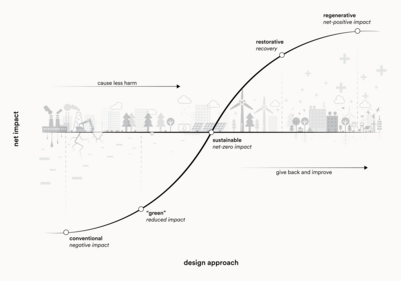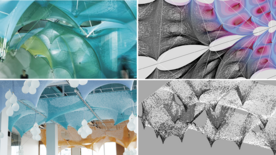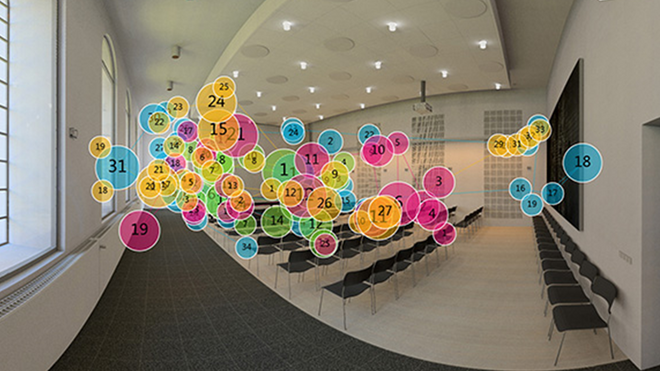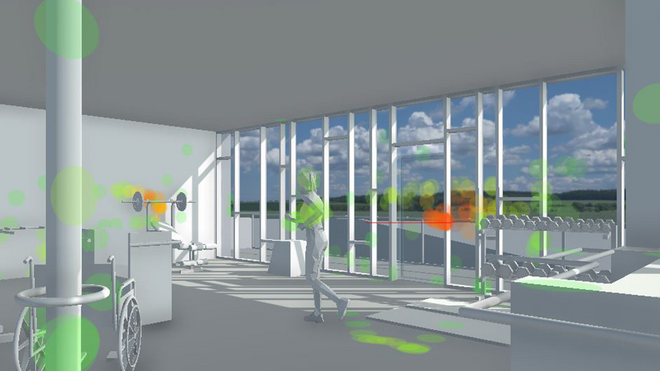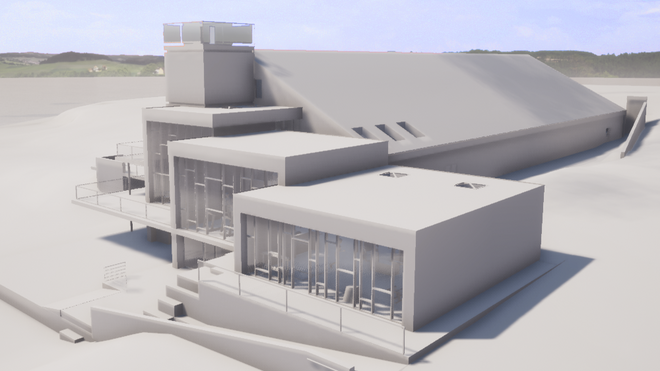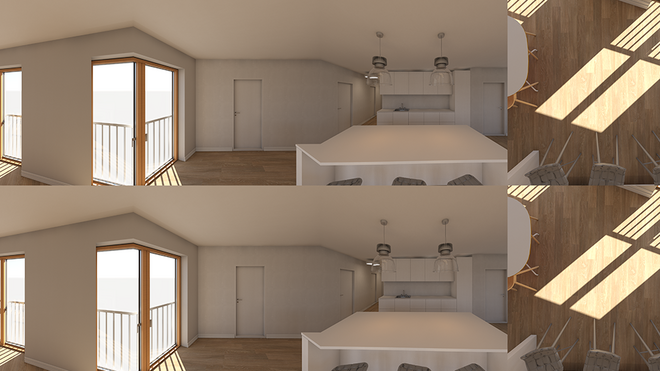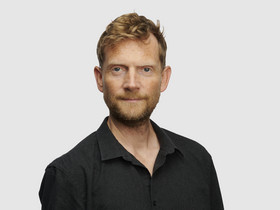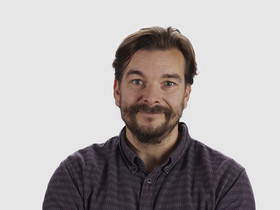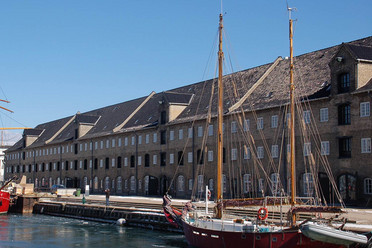
Virtual Scenario Responder
Research project at the Royal Danish Academy. The project investigates how space is experienced in the physical world versus the virtual world through research into perception, neurology, and the use of Virtual Reality and Eye Tracking.
The goal is to demonstrate the extent to which there is a correlation between what we perceive in reality and the virtual reality we are presented to via virtual reality 3D models. Overall, our research show that even a relatively primitive architectural model, can be used, in many respects, to communicate the experience of a particular architectural atmosphere in a particular architectural space in virtual reality.
Virtual Scenario Responder
The idea is to develop a Virtual Scenario Responder - VSR - in which you already in the sketching phase can simulate, innovate, and communicate about the experience of space, architecture and urban space so that the virtual model becomes an active tool both for the designing architect and for the involvement of the other actors in the construction process.
VSR must be able to save the response given by the people experiencing a given scenario. In this way, virtual reality is brought from being a form of representation to also being a working tool with the possibility of increasing the quality of the project in the early stages, where changes are cheaper and more feasible. If virtual reality technology is to be used for anything other than a personal visual experience, it is necessary to be able to provide documented feedback on how a given architecture is experienced. VSR includes a questionnaire for collecting experiential feedback from the virtual model. The matrix is developed from an architectural behavioral approach to the experience of space.


